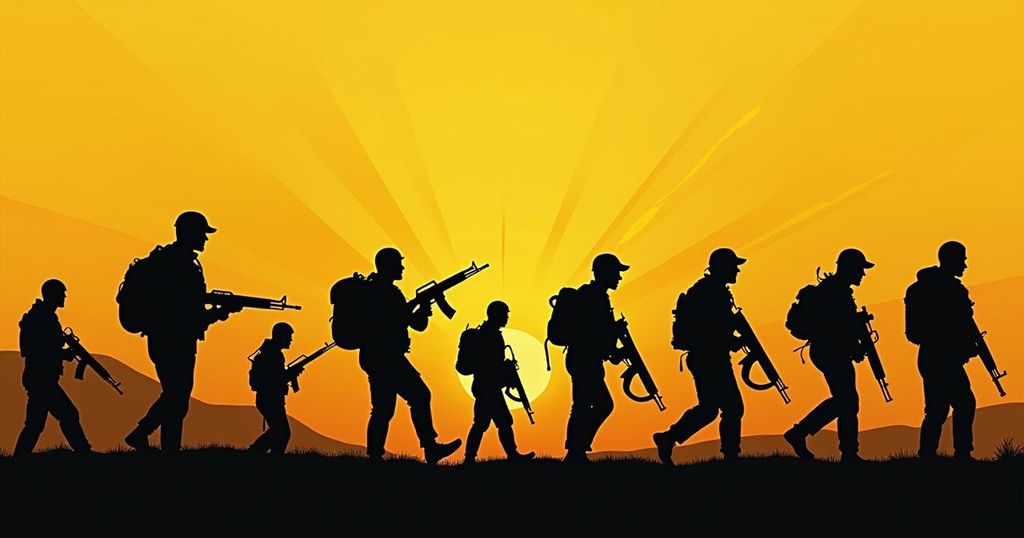Hezbollah, established in 1982 during Lebanon’s civil war, is a prominent Shiite militant group engaged in conflict with Israel, known for its military strength and political influence in Lebanon. Leader Hassan Nasrallah oversees a formidable military with substantial resources, aiming for Israel’s demise. The group’s evolution reflects both its military might and social service roles in Lebanese society, amidst challenges including opposition criticism and hostile actions from Israel.
Hezbollah, a Shiite Muslim militant group based in Lebanon, has been engaged in ongoing conflict with Israel, escalating to fierce confrontations that may lead to widespread war. Established in 1982 amidst Lebanon’s civil war, Hezbollah emerged primarily to resist Israeli occupation in southern Lebanon, ultimately achieving this goal in 2000. However, the group aims to eradicate Israel entirely and is characterized as Iran’s foremost ally in the region, identified as a key element of the Axis of Resistance. This organization encompasses various Iranian-supported factions across the Middle East. Hezbollah has not only developed into a powerful military force but also operates as a political entity, holding positions within the Lebanese parliament and exerting significant influence in government affairs. The group is known for its extensive social services in Lebanon, including educational institutions and healthcare facilities. The organization gained notoriety for its hostility towards U.S. interests during its inception, leading to its designation by Washington as a terrorist group. This reputation was solidified through actions such as the hostage crisis in Beirut and the lethal 1983 truck bombing of a U.S. Marine Corps barracks. Under the leadership of Hassan Nasrallah, who rose to power in 1992, Hezbollah has emerged as a formidable military force boasting approximately 100,000 fighters and an extensive arsenal of 150,000 rockets and missiles, including sophisticated weaponry capable of targeting various locations in Israel. Recent conflicts have seen Hezbollah employing new technologies such as drones and surface-to-air missiles, indicating its evolving military capabilities. Despite substantial setbacks, including losses among its leadership and fatalities from recent attacks attributed to Israel, Hezbollah continues to maintain a prominent role in the military landscape of the Middle East. Hassan Nasrallah has been described as an influential figure within Lebanon, gathering both admiration and criticism. While many view him as a national hero for facilitating Israel’s withdrawal from Lebanon and guiding the group during the 2006 conflict, others express concerns about his allegiance to Iranian interests and his implications for Lebanon’s sovereignty.
Understanding Hezbollah’s multifaceted role requires a comprehensive insight into its origins, motivations, and capabilities. Formed during the complex backdrop of the Lebanese civil war, Hezbollah has maintained a dual identity as both a military force and a legitimate political entity. Its close ties to Iran have fortified its position, enabling it to wield significant influence in Lebanon and to challenge Israel militarily. The group’s evolution involved various confrontations with Israel, shaping the current geopolitical dynamics in the region, where Hezbollah is considered the most significant paramilitary force in the Arab world.
Hezbollah is an influential and complex organization that has played a pivotal role in shaping the military and political landscape of Lebanon and the broader Middle East. With its strong military capabilities, political clout in Lebanon, and unwavering support from Iran, Hezbollah represents a critical challenge for Israel and continues to engage in a perilous escalation of conflict. The leadership of Hassan Nasrallah further complicates the situation, bridging allegiances between local and regional interests while navigating a delicate political environment.
Original Source: www.pbs.org






